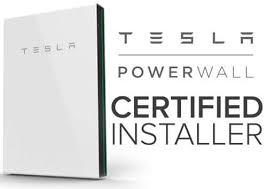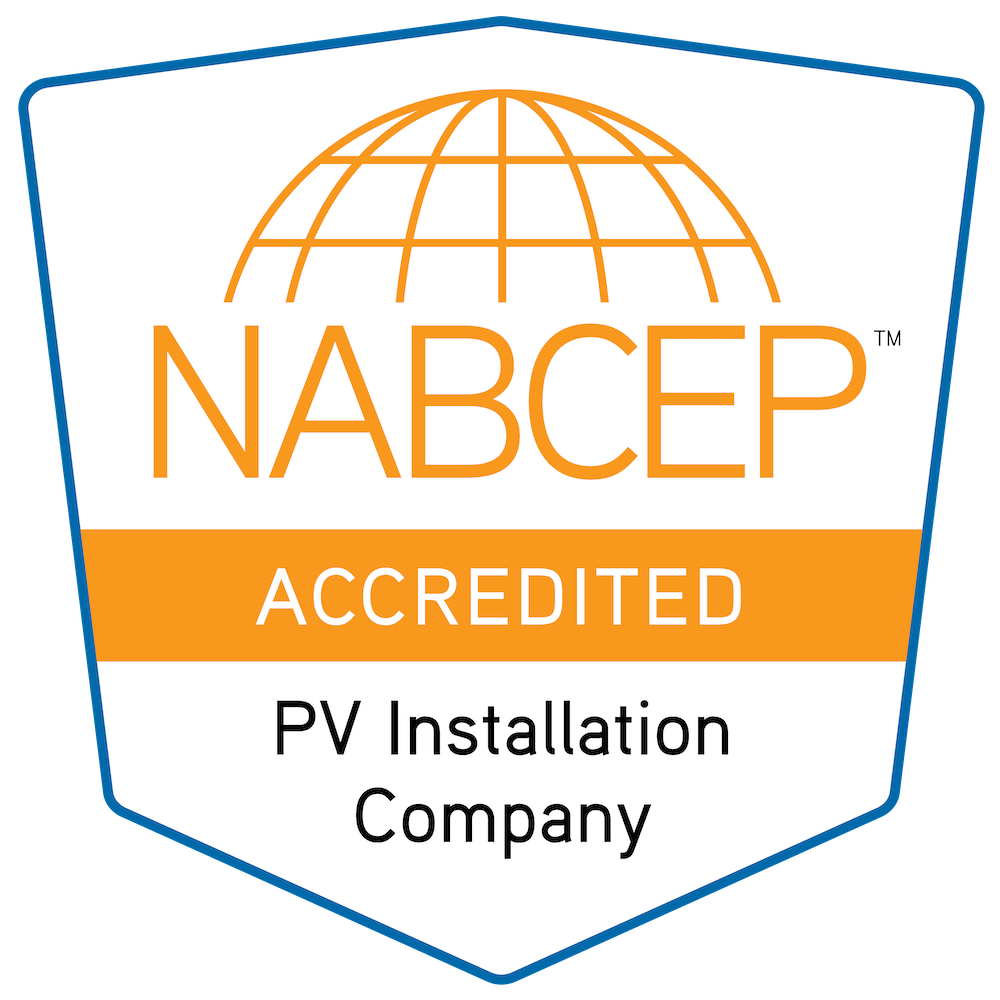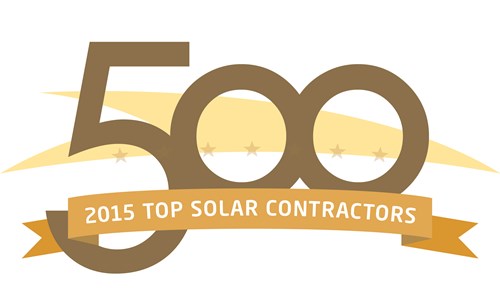If you’re an aspiring solar homeowner, you might be wondering, “Can solar panels power a whole house?” The short answer is, yes. The longer answer is, your solar panel power output (kWh) needs to match your energy consumption to determine how many solar panels you need installed. Now you might be asking yourself “How many solar panels to power a house?” Continue reading to identify how panels your home will need.
Before we dive in, there are a few terms to understand:
- Watt (W) – how solar panels measure the power collected from the sun
- Kilowatt (KW) – the equivalent of 1,000 Watts
- Kilowatt hours (kWh) – unit used to measure the energy of a solar panel
- Kilowatt peak (kWp) – the peak power of a solar panel
Factors influencing how many solar panels you need
How many solar panels you’ll need to power your house will depend on:
- Size of your home and available roof space – Generally, larger homes consume more electricity, which then requires more solar panels. Bigger homes usually have more roof space for larger solar panel installations, if necessary.
- Peak sunlight hours – Each state has a different average amount of peak sun hours, which are hours that your solar panels will work at an optimal level. Solar panels work best in direct sunlight. When the sun is no longer shining, the panels are no longer producing energy.
- Your energy usage and household size – More people living in a household typically equates to using a higher amount of electricity. Looking at your monthly electricity usage will give you a better idea of how much power you’ll need generated by your solar system.
- Type of solar panel – There are three different types of solar panels: monocrystalline, polycrystalline and thin-film. Monocrystalline panels are the most efficient of the three. If you opt for high-efficiency panels, they can deliver more watts per square foot, meaning you won’t need as many panels to reach your target electricity generation.
How many solar panels do I need for my house?
An average home requires approximately 20 to 25 solar panels to cover its electricity usage. A solar system professional can provide you with a more accurate assessment for your home, but you can get an estimate for yourself if you know your energy consumption and how much energy is produced by your panels.
Household energy consumption
Are you wondering just how many watts to run a house? In a typical home, essential appliances will use about 5,000-7,500 watts of energy. However, kilowatt hours is a more common measurement used to determine energy usage in a household. That being said, the average annual electricity consumption in 2019 of a residential customer was 10,649 kWh, which is approximately 877 kWh per month. Your household electricity consumption could be more or less than the average though.
To determine your electricity usage, simply look at your latest power bill for your monthly usage, which is measured in kWh. Because energy usage fluctuates so much throughout the year, a yearly account of your energy consumption will give you a better estimate of how many solar panels you’ll need. To do this, find your electric bills for the past year and add them together.
How much energy does a solar panel produce per day?
The performance of your solar system is dependent on what kind of solar panels are installed on your roof. Solar panel wattage can range from 330 watts to 360 watts per panel. Other elements that determine how much total energy is produced by a single solar panel include solar panel size, amount of sunlight, panel material and solar panel efficiency.
Let’s calculate
Once you identify how many kWh of electricity you use, you’ll need to calculate how many kWh are produced by each solar panel during a year. A common metric used when estimating system capacity is “specific yield,” which refers to the amount of sunlight available in your location. The National Renewable Energy Laboratory has a solar radiation database that can provide you with the specific yield available where your home is located.
To estimate how many kWh are needed to run your house, use this equation:
Annual kWh consumption / specific yield per kW of solar capacity
For example, if your home requires 15,000 kWh of energy per year, and the solar panels have a specific yield of 1,500 kWh/kWp where you live, you’ll need a system size of about 10 kW.
Once you know your system size, check your panel wattage to determine how many panels to purchase. To do this, multiply your system size by 1,000 to determine watts, and divide by the wattage of each solar panel. Since the typical solar panel has an output of 330W to 360W, we’ll use the average, 345W.
Knowing that you need a system size of 10 kW and you find solar panels with an output of 345W, you’ll need to purchase 30 panels:
10 kW x 1,000 = 10,000W
10,000W / 345W = 28.9 panels
How much space is needed for solar panels?
Now that you know how many solar panels you’ll need, the next step is to determine how much of your roof area is needed for installation. Since the standard solar panel size for residential properties is 17.55 square feet, simply multiply that number by how many panels you’ll need.
Taking our example from above, you’ll need approximately 527 square feet of roof space to install your solar system:
30 panels x 17.55 square feet = 526.5 square feet
If you’re working with limited roof space, high-efficiency solar panels allow you to install fewer panels while still having your energy needs met. Solar panels can also be installed on the ground, providing more flexibility in terms of being able to adjust them and because you don’t have to worry about working around obstructions like chimneys or skylights.













